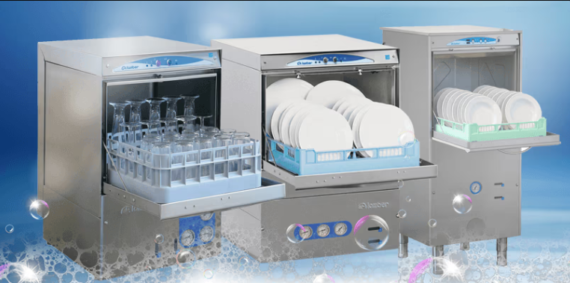Tips for Choosing the Right Tile Scraper for Your Project

Whether undertaking a small DIY project or a large-scale professional renovation, the right tool can make all the difference. Thus, choosing the proper tile scraper for your project is crucial for achieving optimal results and ensuring the process is as efficient and effective as possible. Read on to explore essential tips for selecting the perfect scraper, considering factors such as the size and scope of your project, the type of tiles you’re dealing with, and your budget.
Know Your Project Requirements
Before exploring the options available, it’s essential to understand your project requirements clearly. The type of tile (ceramic, porcelain, stone, etc.), the area size you’re working on, and the adhesive method used (thin-set mortar, mastic, etc.) play significant roles in determining the most suitable scraper. For instance, softer tiles like ceramic may require less aggressive tools than harder materials like porcelain or stone.
Types of Scrapers
- Manual Scrapers: These are ideal for smaller projects or areas where precision is paramount. They are budget-friendly and perfect for removing tiles without causing damage to the underlying surface. These tools require more physical effort but offer greater control over the tile removal.
- Powered Scrapers: These are suitable for larger projects or when dealing with particularly stubborn adhesives. Electric or pneumatic options can significantly reduce labour and time. However, they are more expensive and may require a bit of practice to master their use without damaging the substrate.
Consider the Blade Material and Design
The blade is the business end of a scraper, and its material and design are critical for efficient tile removal. Blades are typically made from steel or carbide, with carbide being the more durable and effective option for cutting through tough adhesives and materials. The shape and size of the blade should also match the scope of your project; wider blades can cover more area, while narrow blades are better for detailed work or small spaces.
Ergonomics and Safety
Using the tool can be physically demanding, especially for extended periods. Look for tools with ergonomic designs to minimise strain on your hands and back. Features like padded handles, adjustable lengths, and lightweight constructions can significantly affect user comfort and safety. Always wear appropriate personal protective equipment (PPE), gloves, goggles, and dust masks to protect against sharp edges and airborne particles.
Price and Quality
While budget is important, investing in a high-quality tool can save you time and money in the long run. Cheaper models may wear out quickly or fail to perform effectively, leading to frustration and potentially more expense if replacements are needed. Think about selecting well-known brands and exploring feedback from other users to assess the effectiveness and longevity of the tool in question.
Maintenance and Blade Replacement
Consider the maintenance required to keep your tool in top condition. Tools with easily replaceable blades can offer greater longevity and adaptability for different projects. Before making your purchase, check the availability of replacement blades and the ease of swapping them out.
Consult with Professionals
If you need clarification on the best type of tile scraper for your project, consult professionals or experienced DIY enthusiasts. Their expertise can be highly beneficial in guiding you toward the ideal tool tailored to your unique requirements.
Conclusion
Selecting the proper tile scraper involves balancing your project’s requirements with considerations such as ergonomics, budget, and the type of tiles you’re working with. By taking the time to research and select the most appropriate tool, you can ensure a smoother, more efficient removal process. Remember to prioritise safety, invest in quality, and consult with professionals if you’re ever in doubt.









Comments are closed.